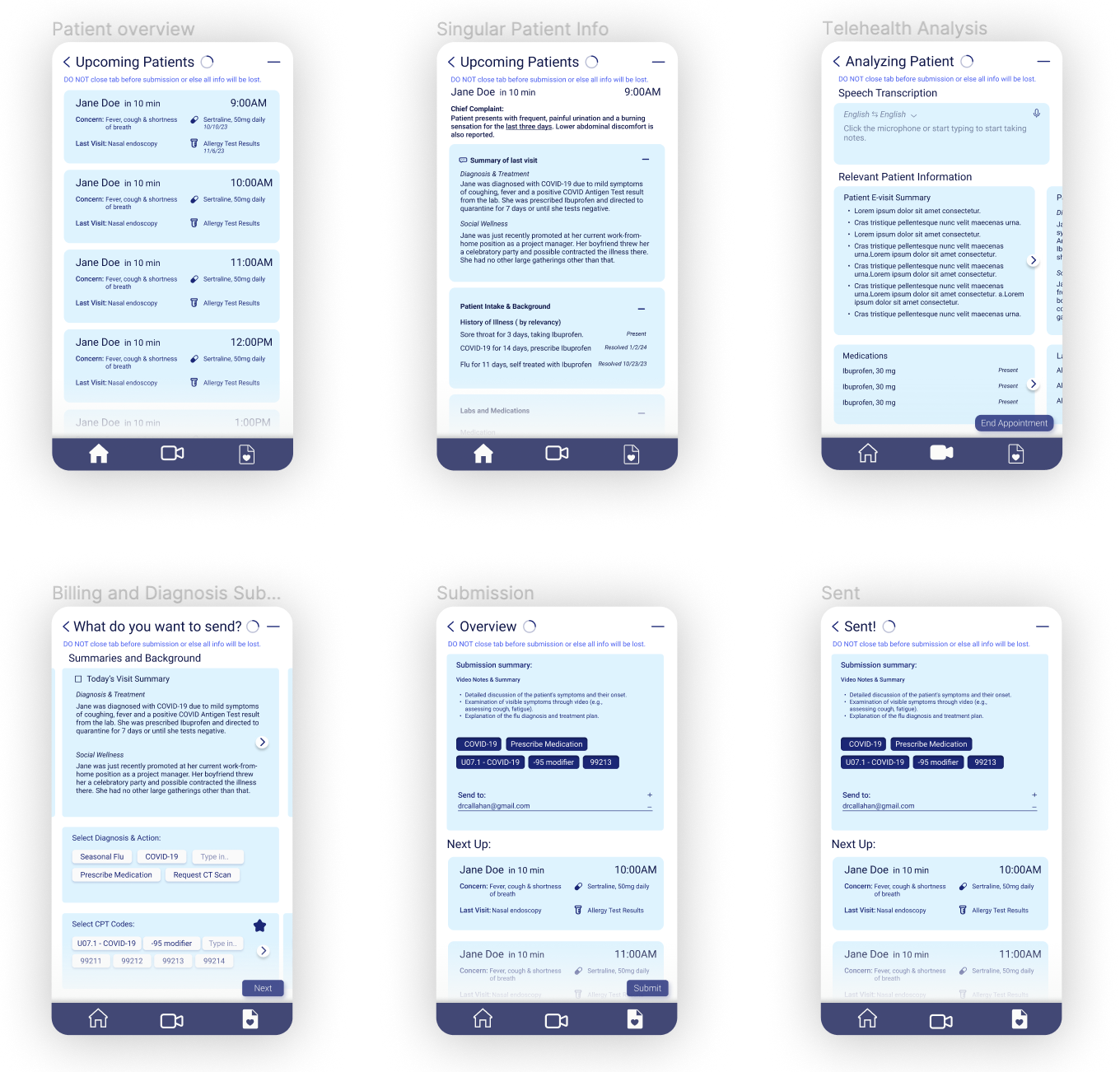.png)
Using AI to Increase Efficiency for Physicians
Starting from a small project in a hackathon, we decided to bring our product to it's full potential by building a start-up from it. Check out how I design a product while utilizing large language models and natural language processing to boost productivity in private practices
Initial prototype placed top 50 in a hackathon
Invited by Skydeck to pursue a full time startup
Working with multiple pilot customers
Acquired by entrepenuer in the East Coast
.png)


.png)



.png)

.png)
.png)
.gif)


.png)
